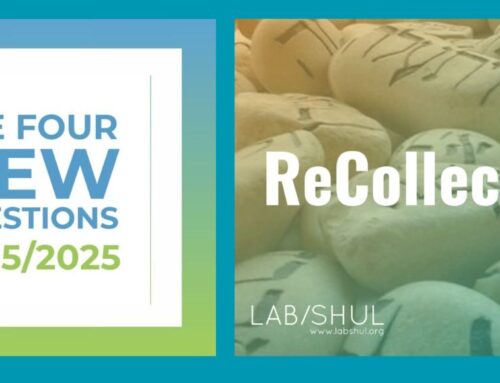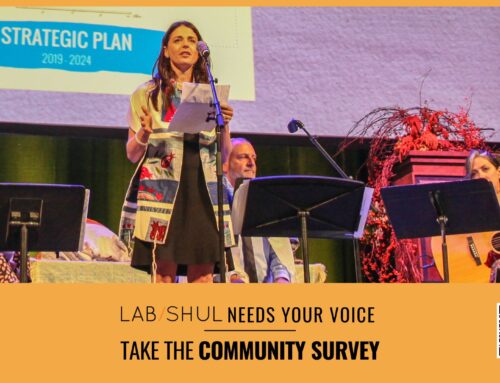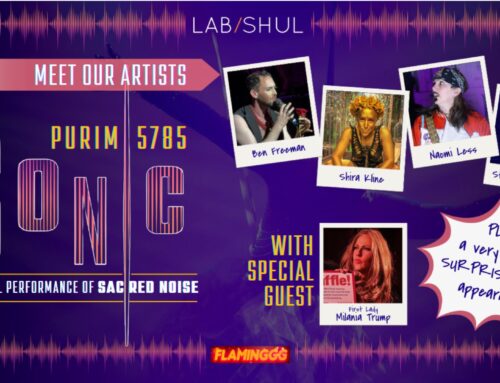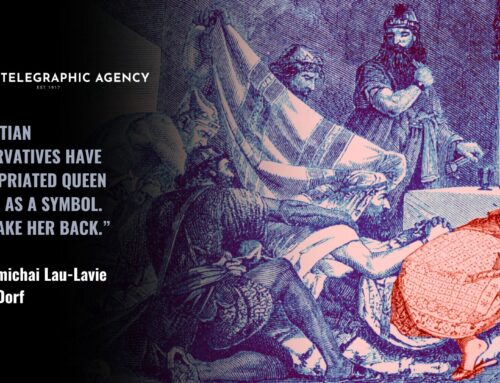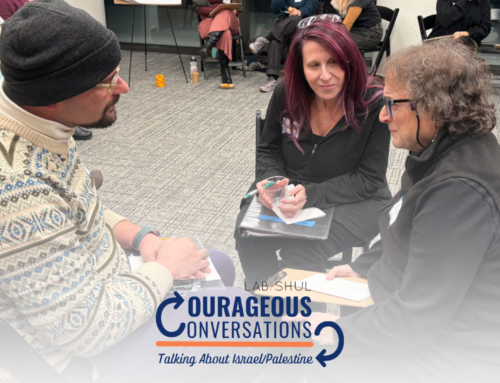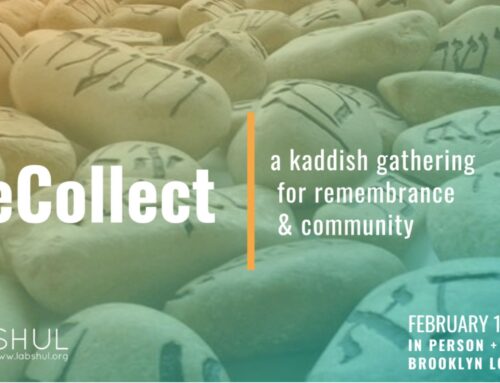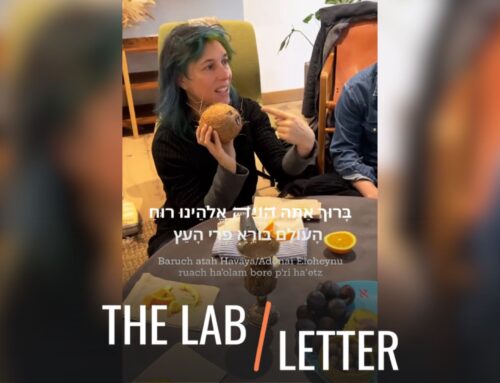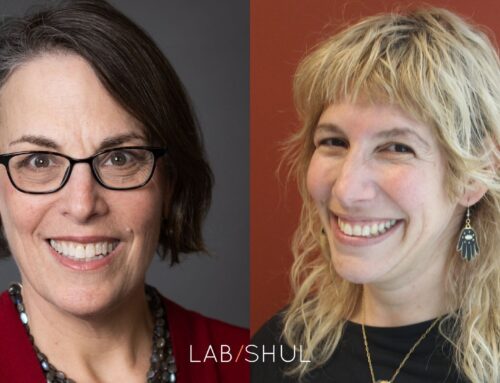ּו ְבֵ֣ני יְִׂשָר ֵ֔אל יֹ ְצ ִ֖אים ְּבָי֥ד ָרָמֽה
“The people of Israel left with their hand raised high”(Exodus 14:8).
“When I found I had crossed that line, I looked at my hands to see if I was the same person. There was such a glory over everything; the sun came like gold through trees, and over the fields, and I felt like I was in Heaven” (Harriet Tubman).
“The exodus began, but is far from having been completed” (Rabbi Abraham Joshua Heschel)
What if she had not stretched her hand?
What if she had not stretched her hand to risk and reach and save that baby in the basket?
What if she chose, like so many of us often do, to play it safe?
Seder Scene #1: Slow Motion
The Princess of Egypt, mid-bathing on the river Nile, notices, raises and extends her arm, instantly becoming a legend. Using her privilege to defy oppression, she shows up to do her part in the ongoing work of liberation.
When you get to Maggid at your Seder, here’s a fresh add-on: tell her tale and then embody. Try out her extended gesture as you imagine it. It’s also a good mid-Seder stretch. How long can you/we keep the arm extended?
What will we learn from her this year on how to keep becoming allies? Can we keep extending our arms to one another? Do we commit to live, and leave the narrow place, together, with ‘our hand raised high”?
Seder Scene #2: Eye Contact
A moment later, four eyes meet in recognition of shared purpose. The princess and the enslaved girl, brave big sister: two allies conspiring to help one life, to save the people. The Latin origin of ‘conspiracy’ suggests the act of breathing together. To conspire is to be this close to trust. Breath to breath. Eye to Eye. The ever-evolving ‘we’ is the recurring commitment.
Try it at Seder. Role play this brief scene with two people, no words, just eye contact, imagining this moment of multiple meanings, then and now. (It will be weird on Zoom but fascinating). Take turns. Discuss.
What if Passover 2021 is not just one more reading of the same old saga but the taking on of real commitment, individual, communal, to lean-in and to reach out as better allies? This year, with many in the Jewish community more aware and activated to join the fight against systemic injustice, how do we go beyond the bondage of our past, to rise up with this sacred story as another roadmap for the continued exodus of our society’s moral evolution?
What if the will to fight for freedom doesn’t end with Passover? Perhaps that’s why our ancients came up with the Counting of the Omer, 49 nights of persistence. We walk each year in our ancestors’ footsteps. From the day they left the narrowness, with hands raised high until they reached the mountaintop of unity and purpose. Our journey picks up where they left off, each year again, from one threshold to another, Passover to Shavuot is the continued counting of the daily commitment to walk the talk of liberation, failing, restarting, again and again. Seven weeks of practice, each day another way to keep extending ourselves, more accountable, choosing to show up, to listen, to support.
When we complete the count it’s Shavuot and we stay up late again, just like on Seder night, to delve in deeper to the stories that guide our lives. The tale of Ruth the Moabite is told, a scroll of loving kindness, where hands and eyes touch, strangers are welcomed, hunger held by care. Ruth, Naomi, and Boaz reminded us not to give up on each other.
What if we pay closer attention to these sacred stories, and recommit to this ritual rhythm of our life? To keep on walking, marching, counting, and conspiring for change, from one holy night to another, year and after year, hand in hand, raised high, until nobody is left behind.
What if we choose to stretch our hand?
You can also find this essay in the Harlem JCC’s Harlem Pesach Companion, alongside other resources reimagining Passover.


